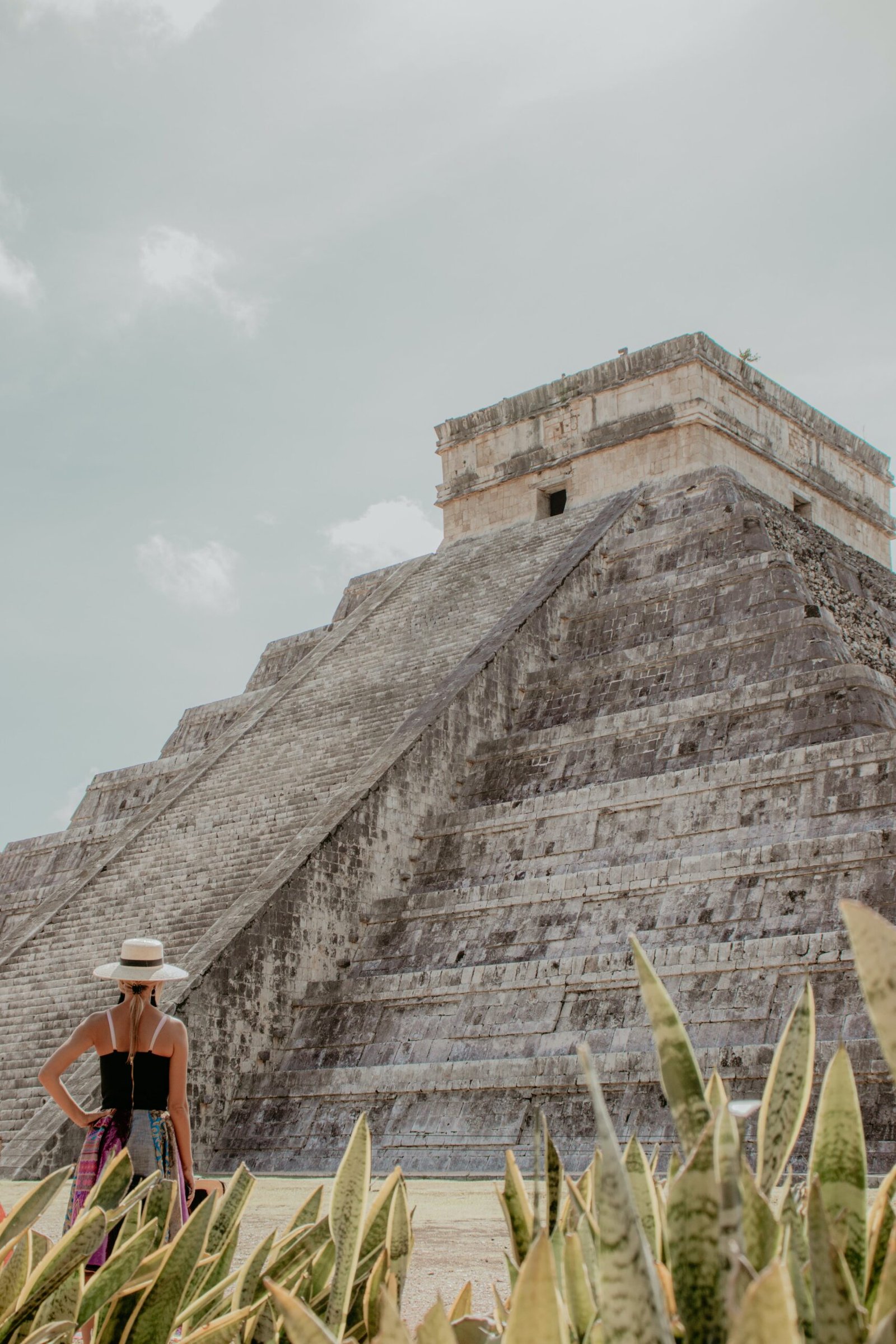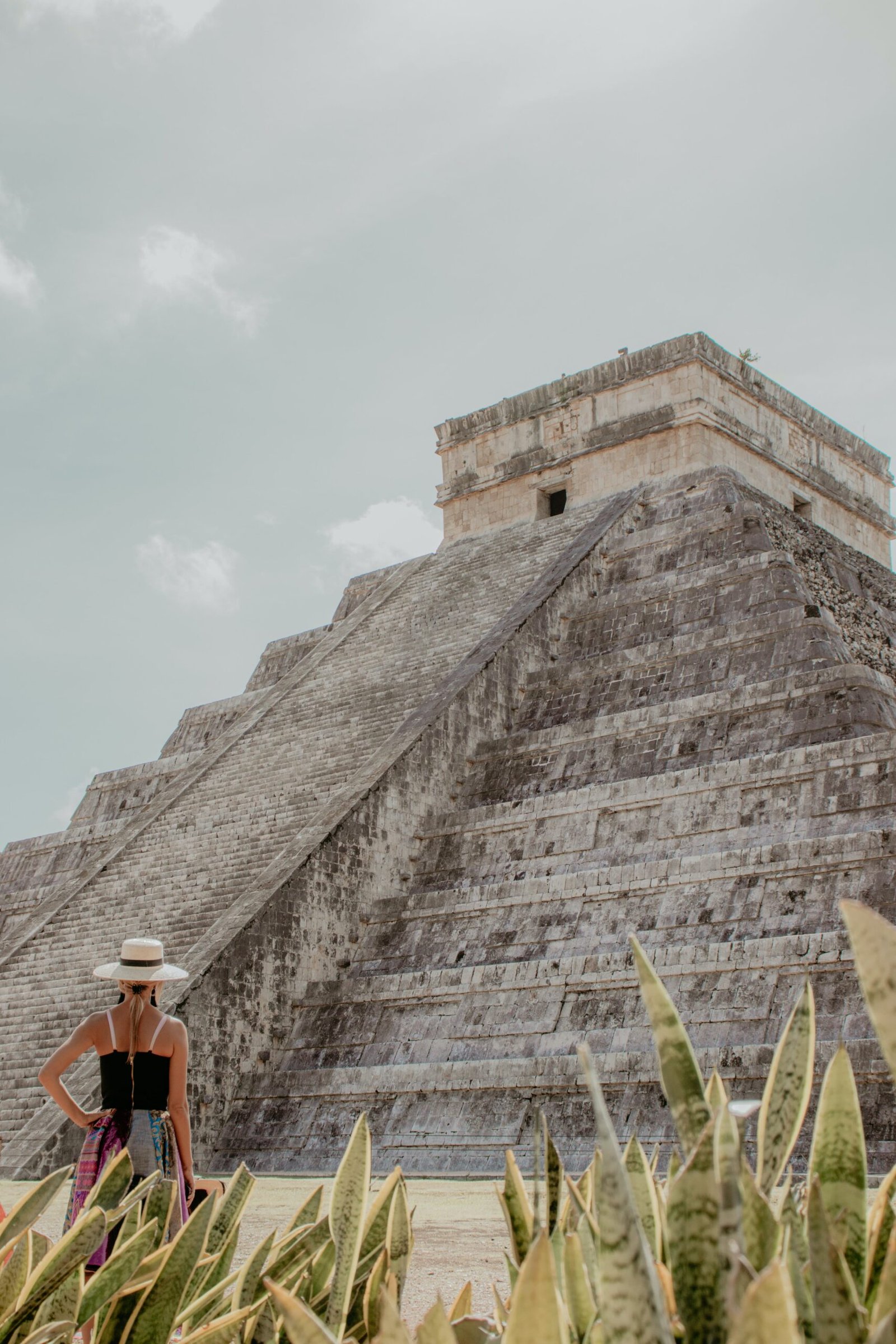
Are you tired of waking up with aching middle back pain? Look no further! In this article, you will discover the best sleeping positions to alleviate that uncomfortable discomfort. Say goodbye to restless nights and hello to a peaceful, pain-free sleep. Whether you prefer sleeping on your side, back, or stomach, we’ve got the perfect position for you. So, without further ado, let’s explore the science-backed sleeping positions that will provide you with the much-needed relief you’ve been longing for.

1. Introduction to Middle Back Pain and Its Causes
1.1 What is Middle Back Pain?
Middle back pain refers to discomfort or pain experienced in the area between the base of your neck and the bottom of your ribcage. This region, known as the thoracic spine, is responsible for providing stability and supporting various movements of the upper body. Middle back pain can range from mild to severe and can be caused by a variety of factors, including poor posture, muscle strain, spinal conditions, and even stress.
1.2 Causes of Middle Back Pain
Middle back pain can have different causes, and it is important to identify the underlying factors in order to find the most effective treatment and prevention methods. Some common causes of middle back pain include:
-
Poor Posture: Slouching or sitting in a hunched position for extended periods can strain the muscles and ligaments in the middle back, leading to discomfort.
-
Muscle Strain: Engaging in activities that involve repetitive or excessive movements, such as lifting heavy objects or twisting, can strain the muscles in the middle back.
-
Spinal Conditions: Conditions like herniated discs, osteoarthritis, or spinal stenosis can cause middle back pain due to the compression or irritation of nerves in the thoracic spine.
-
Stress and Tension: Emotional stress and tension can lead to muscle tightness and discomfort in the middle back.
It is important to note that these causes are not exhaustive, and a proper diagnosis from a healthcare professional is essential for effective treatment.
2. The Importance of Proper Sleeping Positions
2.1 How Sleeping Positions Affect Middle Back Pain
Believe it or not, your sleeping position can greatly impact the occurrence and intensity of middle back pain. When you sleep, your body should be properly aligned to maintain the natural curves of your spine. Incorrect sleeping positions can place additional stress on the muscles, ligaments, and discs in the middle back, exacerbating any existing pain.
2.2 Benefits of Finding the Right Sleeping Position
Finding the right sleeping position can significantly alleviate middle back pain and promote a more restful sleep. By maintaining proper spinal alignment during sleep, you can provide relief to the strained muscles and allow them to recover more effectively. Additionally, adopting a suitable sleeping position can reduce the likelihood of developing future middle back pain.

3. Understanding Different Sleeping Positions
3.1 Back Sleeping
Sleeping on your back is often considered one of the best positions for spinal alignment. It allows your head, neck, and spine to rest in a neutral position, minimizing strain on the middle back. To enhance the benefits of back sleeping, it is essential to use a supportive pillow that maintains proper neck alignment. Placing a small pillow or a rolled towel under your knees can also help maintain the natural curves of your spine.
3.2 Side Sleeping
Side sleeping is another common sleeping position that can be favorable for middle back pain. When sleeping on your side, it is important to maintain proper spinal alignment. To achieve this, place a pillow between your knees to keep your spine in a neutral position. Additionally, using a supportive pillow that keeps your head in line with your spine can further alleviate pressure on the middle back.
3.3 Stomach Sleeping
Sleeping on your stomach is generally not recommended for individuals suffering from middle back pain. This position can cause your spine to be unnaturally curved and strain the muscles and ligaments in the middle back. However, if you prefer sleeping on your stomach, there are modifications that can help alleviate some of the strain. Placing a pillow under your pelvis can help maintain a more neutral spine position.
4. Best Sleeping Positions for Relieving Middle Back Pain
4.1 Sleeping on Your Back with Proper Support
Sleeping on your back with adequate support can provide excellent relief for middle back pain. By placing a pillow or a rolled towel under your knees, you can help maintain the natural curves of your spine. Additionally, using a supportive pillow that keeps your head and neck aligned with your spine is essential. This position helps distribute your body weight evenly, reducing the strain on your middle back.
4.2 Sleeping on Your Side with a Knee Pillow
Sleeping on your side can also be highly beneficial for middle back pain relief. Placing a pillow between your knees helps keep your spine aligned and reduces pressure on the middle back. Opt for a firm and supportive pillow that adequately fills the gap between your knees. If needed, you can also add a small pillow for neck support to ensure proper alignment throughout your entire body.
4.3 The Fetal Position for Middle Back Pain Relief
For some individuals, sleeping in the fetal position can provide relief for middle back pain. Curling up on your side with your knees drawn towards your chest can help reduce the strain on your back muscles. Ensure that you switch sides occasionally to prevent any imbalance or prolonged pressure on one side of your body. Adding a pillow between your knees can further enhance the benefits of this position.
4.4 Modified Prone Position
While traditionally sleeping on your stomach is not recommended for middle back pain, a modified prone position can offer relief for certain individuals. Lie on your stomach with a pillow or rolled towel under your hips to maintain a more neutral spine position. Place another flat pillow under your chest to prevent excessive extension of your neck. This position can help relieve pressure on the middle back, but it may not be suitable for everyone.

5. Avoiding Sleeping Positions that Aggravate Middle Back Pain
5.1 Sleeping on Your Stomach
As mentioned earlier, sleeping on your stomach can strain the muscles and ligaments in the middle back, exacerbating the pain. It is best to avoid this sleeping position if you are experiencing middle back pain.
5.2 Flat on Your Back without Support
While sleeping on your back can usually be favorable, sleeping without proper support can worsen middle back pain. Make sure to use a pillow that supports both your neck and your head. Without this support, your spine may not maintain its natural alignment, leading to increased strain on the middle back.
5.3 Sleeping in an Awkward Position
Sleeping in positions that place unnecessary stress on your middle back, such as sleeping with your neck twisted or hunched over, can aggravate the pain. Avoid any awkward positions that deviate from the natural alignment of your spine.
6. Additional Tips for Better Sleep with Middle Back Pain
6.1 Invest in a Supportive Mattress and Pillows
Choosing a mattress that provides adequate support for your body is crucial in preventing and managing middle back pain. Look for a mattress that offers medium-firm support, as it can help maintain proper spinal alignment. Additionally, invest in supportive pillows that cradle your neck and help align your spine for optimal comfort and pain relief.
6.2 Use Heat or Cold Therapy
Applying heat or cold therapy to your middle back before sleep can help alleviate pain and relax the muscles. Experiment with heat packs, hot water bottles, or ice packs to determine which method works best for you. However, ensure that you follow safety guidelines and do not apply extreme temperatures directly to your skin.
6.3 Engage in Regular Exercise and Stretching
Regular exercise and stretching can strengthen the muscles in your back, improve flexibility, and alleviate middle back pain. Consult with a healthcare professional to develop a safe and effective exercise routine that targets your specific needs. Incorporating activities like yoga or Pilates can also help improve posture and reduce muscle tension.
6.4 Seek Professional Help if Needed
If your middle back pain persists or worsens despite taking preventative measures, it is essential to seek professional help. A healthcare professional, such as a doctor or physical therapist, can provide an accurate diagnosis and recommend appropriate treatment options tailored to your specific condition.
7. Conclusion
Finding the right sleeping position is crucial for relieving middle back pain and promoting a good night’s sleep. By understanding how different sleeping positions affect your middle back and implementing the best practices, you can significantly reduce discomfort and support the healing process. Remember to prioritize proper spinal alignment, invest in supportive pillows and mattresses, and consult with a healthcare professional if necessary. With these strategies in place, you can wake up feeling refreshed and ready to tackle the day, free from middle back pain.





